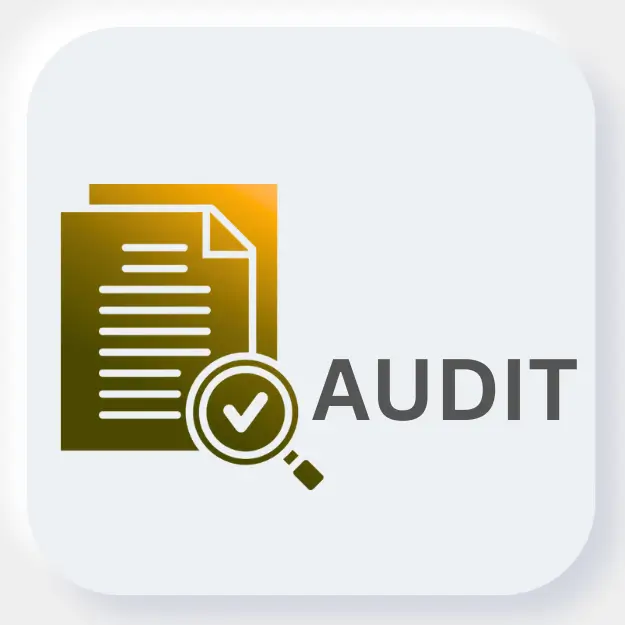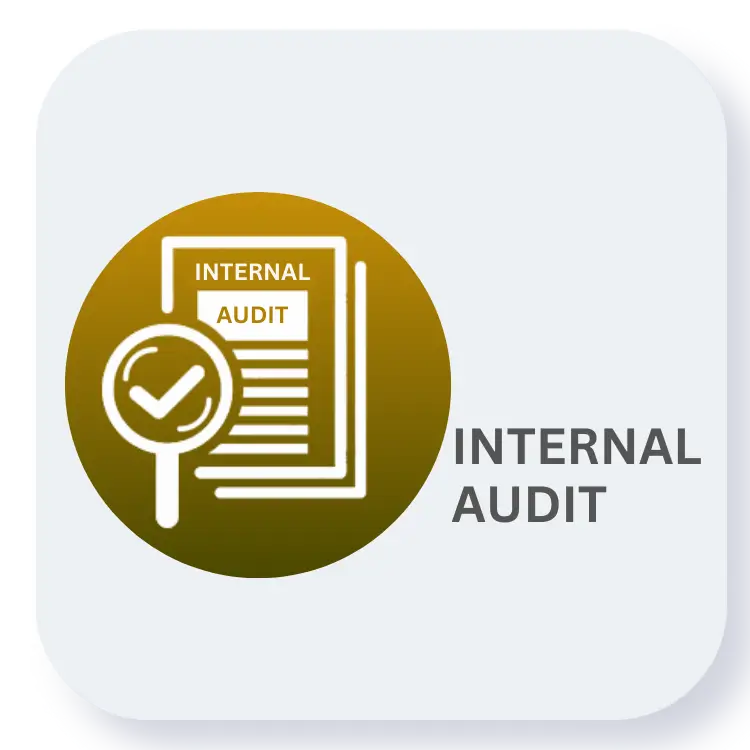Filing your Income Tax Return (ITR) might sound like a tedious annual task - but it’s actually one of
the smartest financial habits you can build. Simply put, an ITR is a form you submit to the Income Tax
Department every year to declare your income, deductions, and taxes paid.
Whether you’re a salaried professional, a freelancer, or running a small business, filing your ITR isn’t
just about following the law - it’s about building your financial credibility.
With everything going digital, filing your Income Tax Return online in 2025 has become easier than ever.
You can log in, pre-fill your details, and submit your return without piles of paperwork. Still, many
first-timers feel lost when faced with multiple forms, passwords, and deadlines.
If you’ve been wondering “How to file Income Tax Return Online?”, this easy step-by-step guide breaks it
all down for you - from choosing the right form to avoiding late penalties and fixing login issues.
Types of Income Tax Return (ITR) Forms – Which One Is Right for You?
Before you even begin filing, it’s important to know which ITR form you should use. The form depends on
your income source, residential status, and type of earnings.
Here’s a quick and simple overview
1. ITR-1 (Sahaj)
For salaried individuals earning up to ₹50 lakh from salary, pension, one house
property, or other small sources like bank interest.
2. ITR-2
For individuals or HUFs with more than one house property,
capital gains, or foreign income.
3. ITR-3
For those earning from business or professional income.
4. ITR-4 (Sugam)
For small businesses or professionals
filing under presumptive income schemes
(Sections 44AD, 44ADA, 44AE).
5. ITR-5
For partnership firms, LLPs, AOPs, and
BOIs.
6. ITR-6
For companies (except those
claiming exemption under Section 11).
7. ITR-7
For trusts, charitable
institutions, and political parties.
Tip: Choosing the right ITR form is the foundation of a
smooth filing process.
The wrong form can delay your refund or even lead to rejection.
How to File Income Tax Return Online? – Step-by-Step Guide
Now, let’s go through how to file Income Tax Return online in 2025, the easy way. Here are the steps:
Step 1: Visit the e-Filing Portal
Go to incometax.gov.in and click “Login.”
Use your PAN as your user ID and enter your password. Forgot your password? Click “Forgot Password”
and reset it using OTP or email.
Step 2: Select ‘File Income Tax Return’
Once logged in, click “File ITR.” Choose the correct Assessment Year (for FY 2024–25, the AY will be
2025–26).
Step 3: Choose Online Mode
If you’re a beginner, select the Online mode for an easier guided experience. (There’s also an
offline tool for advanced users.)
Step 4: Pick the Right ITR Form
Select the form that suits your income - ITR-1 or ITR-4 for most salaried or
small business taxpayers.
Step 5: Review Income Details
Most details like salary, TDS, and bank interest are auto-filled from Form 26AS or AIS.
Double-check
everything and manually add any missing income.
Step 6: Add Deductions & Exemptions
Enter your tax-saving investments and deductions under Sections 80C, 80D, etc. This
helps reduce your taxable income.
Step 7: Preview & Submit
Once you’re done, review your entire return carefully and click “Submit.” You’ll receive an
acknowledgment number once it’s filed.
Step 8: E-Verify Your Return
Don’t forget this last step - it’s mandatory! You can e-verify via:
- Aadhaar OTP
- Net banking
- Bank or Demat account
E-verification ensures faster processing - usually within 15–45 days.
What Are the Late Penalties and Filing Charges?
1. Late Filing Penalty (Section 234F)
If you miss the usual deadline (July 31), you can still file a belated return - but with
a fine:
- ₹1,000 if your income is below ₹5 lakh
- ₹5,000 if it’s above ₹5 lakh
Late filing can also delay your refund and restrict loss carry-forward.
2. Filing Fees (If Using a CA)
If you file it yourself, there’s no government fee. But if you prefer professional
help, income tax return filing fees by CA range between:
- ₹700–₹1,000 for salaried employees
- ₹2,500–₹4,000 for business owners or complex returns
The cost depends on how complicated your income structure is.
What Are the Benefits of Filing Income Tax Return?
Filing an ITR isn’t just about compliance - it’s about being
financially responsible. Here’s why you
shouldn’t skip it
1. Smooth Loan Approvals
Banks often ask for ITR copies for home or car loans.
2. Claim Refunds
You can get back excess TDS deducted during the year.
3. Official Income Proof
Useful for visa applications and credit cards.
4. Avoid Penalties
Timely filing keeps you free from legal hassles.
5. Clean Tax Record
A good tax history helps in future business or
investment opportunities.
Simply put, the benefits of filing an income tax return far outweigh the effort it takes
once a year.
Conclusion
Filing your Income Tax Return isn’t just ticking off a government form - it’s a sign of financial
responsibility. Whether you do it yourself or take the help of a CA, make sure you file it before the
deadline.
Your reward? Faster refunds, peace of mind, and a clean tax record that builds your financial
credibility.
So don’t put it off - log in, follow the steps, and file your ITR today.
Your wallet and your future self will thank you for it.












































